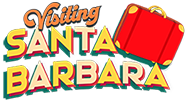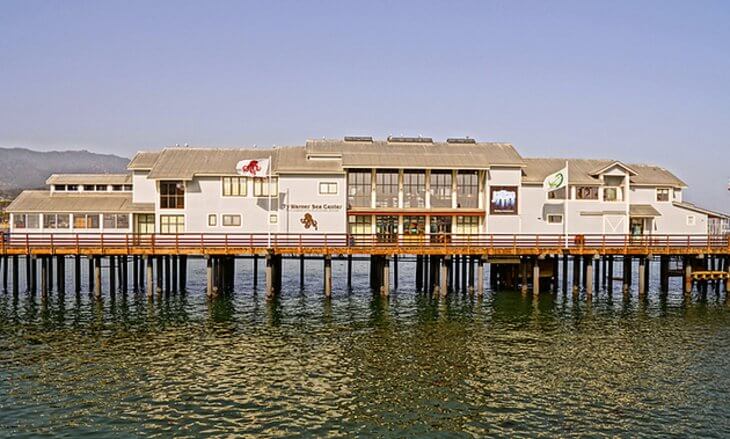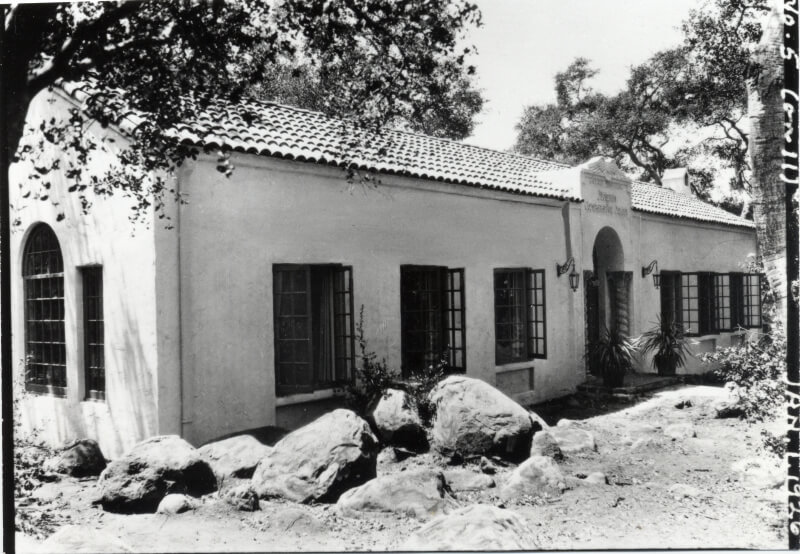Founded in 1916 as the Museum of Comparative Oology, the Santa Barbara Museum of Natural History has evolved to include more than 3.5 million specimens covering every aspect of natural history -f rom mammals, birds, and marine life to geology, astronomy, paleontology, and anthropology. Newly renovated in 2018, the Museum boasts state-of-the-art interactive exhibits for all ages, paired with the Central Coast’s only planetarium, on 17 acres of oak woodland along Mission Creek. Guests learn about the Santa Barbara region’s unique and diverse natural history and then go outside to explore nature in the Museum Backyard. Museum education programs serve all ages to promote scientific literacy and instill a passion for nature and learning.
In 1987, the Santa Barbara Museum of Natural History built the Sea Center on historic Stearns Wharf to communicate the biodiversity and ecological importance of the regional ocean environment. This small aquarium and marine education facility offers guests hands-on encounters with life from the Santa Barbara Channel, including Swell Sharks, rays, sea stars, sea urchins, and anemones. On the wet deck, guests experiment like scientists by using oceanographic tools to sample the ocean and examine life below. Upstairs, guests can view mesmerizing jellies, Decorator Crabs, a California Two-Spot Octopus, soft corals, and other animals found in nearby waters. Life-size replicas of a Gray Whale mother and her calf preside over an unparalleled view of the coast towards East Beach, Montecito, and the spectacular Santa Ynez Mountains.


